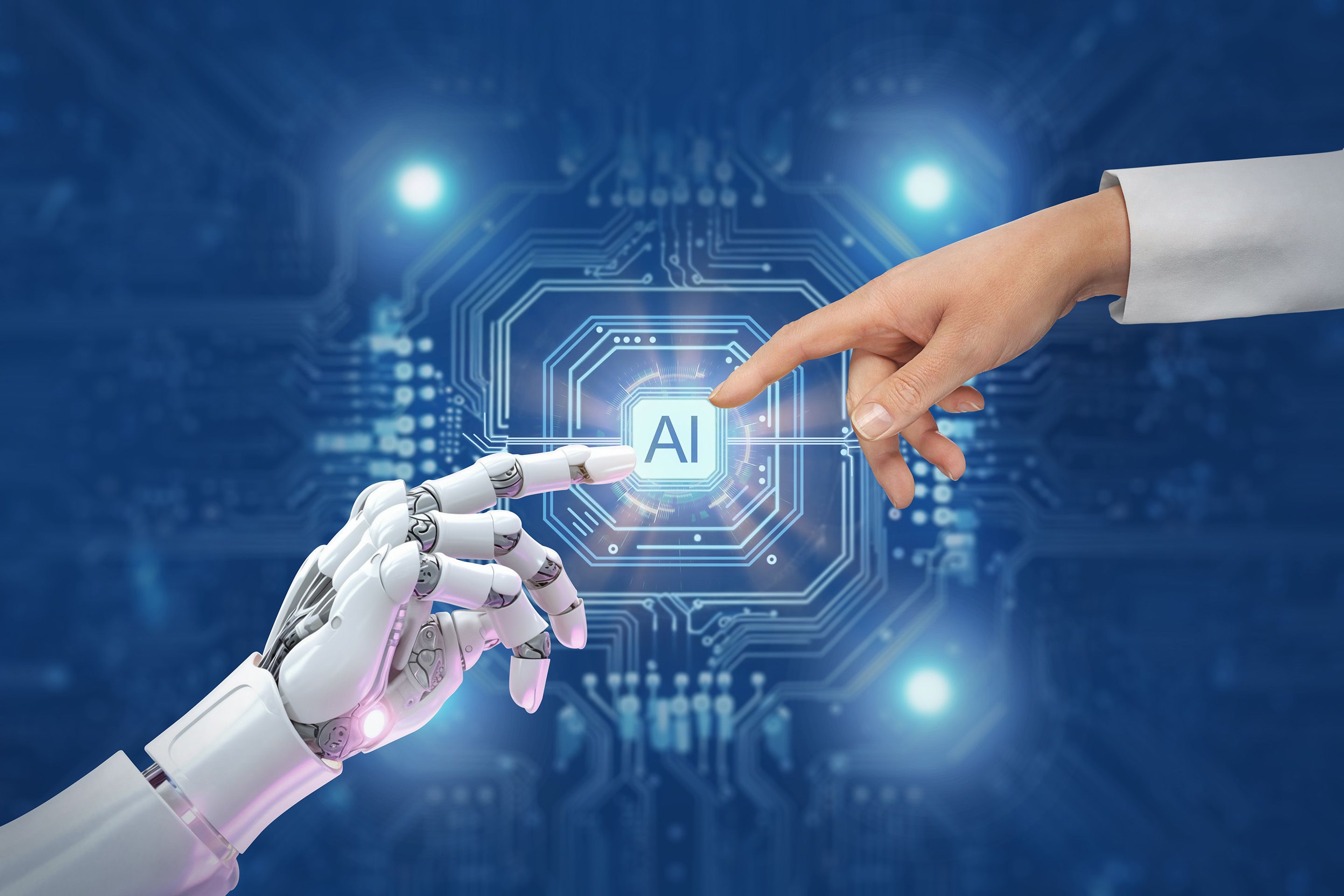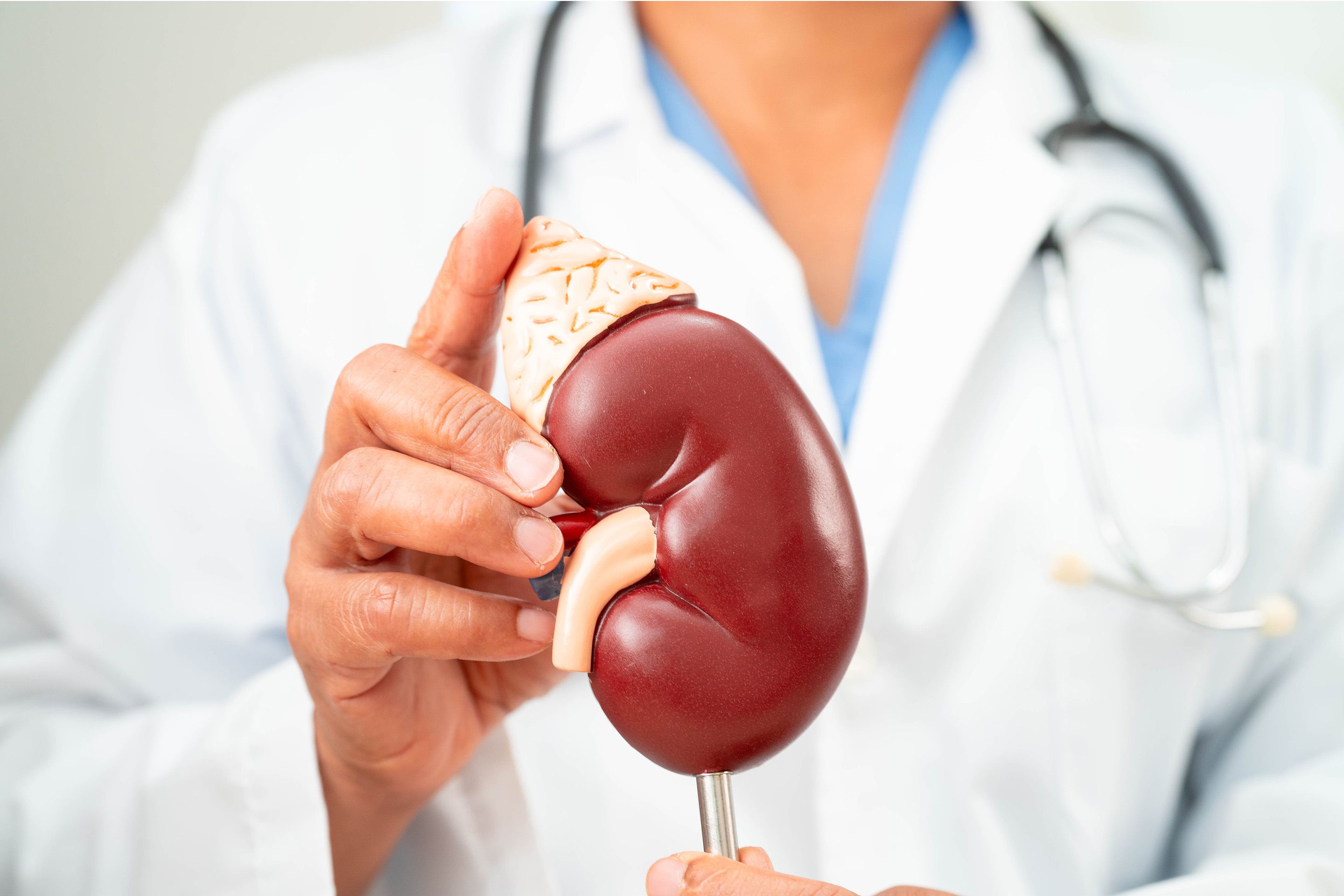From digital twins to smart cities – how intelligent systems are shaping the future
- Scientific news
- Innovation
- Science

Intelligent systems ranging from digital twins and smart grids to smart cities are helping human beings to navigate an increasingly complex world. How these systems can help achieve the energy transition – and how engineers, computer scientists and system theorists can collaborate to develop new approaches for sustainable energy systems and adaptive robotics – will be the focus of the IEEE International Conference on Systems, Man and Cybernetics (IEEE SMC) at the Austria Center Vienna from 5 to 8 October.
“The International Conference on Systems, Man and Cybernetics promotes scientific exchange on the development and application of intelligent systems in an increasingly complex world. From cyber-physical systems, artificial intelligence and robotics to human-centred computing, the focus of the event is on how technical systems process data to enable humans to make sound, real-world decisions. Ultimately, the goal is to combine technological excellence with added value for society. In doing so, smart systems can help shape today’s dynamic world and overcome challenges – such as the energy transition,” said Associate Professor Thomas Strasser, General Chair of the IEEE SMC Conference and Senior Scientist at the Austrian Institute of Technology (AIT).
Digital twins for optimal process planning and resilience
When it comes to new cybernetic models, one major topic for the future is digital twins. “These are industrial production systems where processes are not only digitally planned and simulated – digital twins can also interact with real systems,” explained Strasser. The benefits speak for themselves. The digital twin simulates a range of scenarios, including production and change processes, as well as failure modes. These simulations benefit real-world systems by better preparing them for failure scenarios using improved data, which also allows them to implement changes more easily. “This means all production processes can be fully simulated before new industrial plants are constructed and commissioned. And, in the energy sector, new decentralised generating stations such as photovoltaic systems, small wind turbines and small hydropower plants can be more easily integrated into electrical grids as a result,” explained Strasser.
Driving energy automation forward with smart grids
Smart grids take things a step further. “These intelligent power grids combine conventional energy infrastructure with digital communication, sensors and automation. The aim is to make energy generation, distribution and consumption more efficient, more flexible and more sustainable,” said Strasser. Key features include enabling consumers and producers – such as photovoltaic plants – to actively communicate with the grid, enabling stable integration of renewable energies like solar and wind power despite fluctuating inputs. “Thanks to their ability to respond to changes in real time, smart grids can automatically detect grid disruptions and partially self-regulate, which can often prevent major blackouts. Smart grids also facilitate the integration of prosumers, i.e. private households and businesses that generate energy through their own photovoltaic systems. Intelligent grids ensure better grid utilisation, lower energy losses and optimal use of renewable energies,” he explained.
Smart grids as a model for developing smart cities
What is currently possible in energy supply thanks to smart grids will subsequently extend to other areas of urban infrastructure planning. Smart cities use digital technologies, data analytics and automation to improve quality of life, use resources more efficiently and promote sustainable development. “We’re talking about connected infrastructure including transport, water, waste and communication, which – like smart grids – can make data-driven decisions using sensors and the internet of things. Additionally, intelligent systems in ‘intelligence labs’ can simulate scenarios such as climate change and traffic flows. This puts urban planners in a position to test planned measures before they are implemented, which has a positive impact on sustainability,” Strasser confirmed.
Human-machine communication through brainwaves
To help enhance communication in human-machine systems still further, research is underway to enable machines to measure human brainwaves with sensors and respond directly, bypassing language altogether. “At this stage, this approach is critical for advancing rehabilitation support. But in future, it could also allow remote control of machines via brainwaves and brain activity,” said Strasser. All these developments aim to help people simplify the complexities of life.
About IAKW-AG and IEEE SMC 2025
Internationales Amtssitz- und Konferenzzentrum Wien, Aktiengesellschaft (IAKW-AG) is responsible for maintaining the Vienna International Centre (VIC) and operating the Austria Center Vienna (ACV). The Austria Center Vienna is Austria’s largest conference centre. With 21 halls, 134 meeting rooms and some 26,000m² of exhibition space, it is one of the top players on the international conference circuit. www.acv.at The IEEE International Conference on Systems, Man and Cybernetics (IEEE SMC) brings together over 1,300 experts from research and industry to discuss the role of intelligent systems in a dynamically changing world. Engineers, computer scientists and system theorists collaborate to develop new approaches for resilient mobility, sustainable energy systems and adaptive robotics. www.ieeesmc2025.org
Contact




